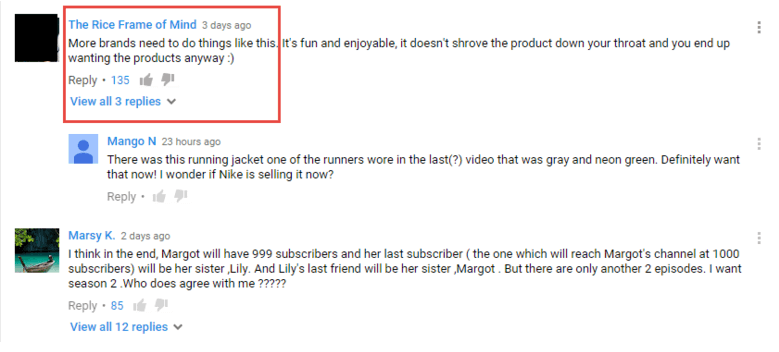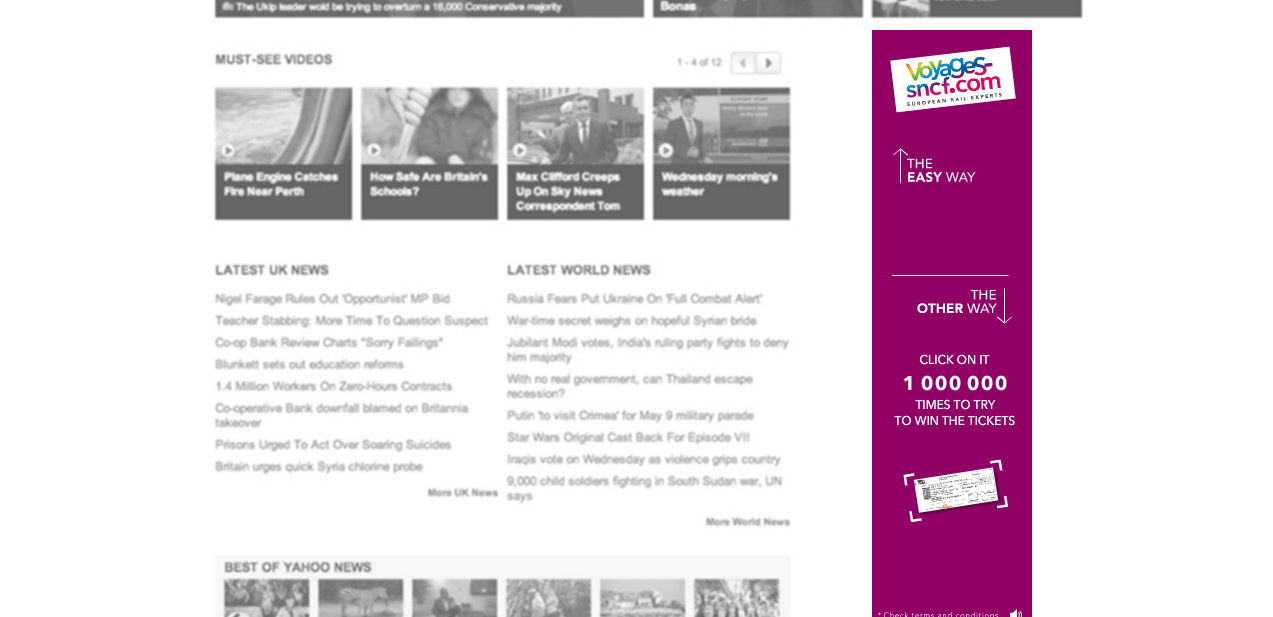3 Disruptive Campaigns You Should Look Up To
Digital marketing has long transcended from PPC ads and YouTube videos. We find a lot of creative and disruptive digital marketing campaigns that are breaking through the clutter.
However, not all campaigns are created equal, some are better than the others. In this article we will discuss three campaigns that were truly disruptive and are worth applauding.
So without further ado, let’s see what these 3 campaigns are.
Nike: Better for It
Nike’s “Better For It” campaign was initially rumored to be released on NetFlix, however, they ended up releasing it on YouTube. The campaign is a series of short videos on stories of two adopted sisters Margot and Lily. Both Margot and Lily are totally different from each other – one is a fitness freak with thousands of YouTube followers, whereas the other one hates any kind of physical activity and is very lackadaisical in her approach to fitness. Anyways, both of them end up challenging each other and get into a weird competition.
The series is disruptive on a lot of levels:
1) It doesn’t sell products outright,
2) It tells a story anyone can relate too; most people see themselves as either Margot or Lily,
3) It is realistic in the sense that not everyone has to be nuts about staying fit and Nike is not only meant for athletes with high aspirations but for regular women.

The campaign was widely appreciated for a lot of reasons but mainly because it doesn’t “shove the product down your throat”.
This is a great example of content marketing done right. Add a little story revolving around your product and give it a persona. Small business and startups with limited funds can consider storytelling to cut through the noise – right from the start i.e. at the website building stage. Whether you are selling books or T-shirts, tell your story or stories revolving around your products, as in how you got the idea, how you sourced the material from fair trade market and so on. This will forge a relationship between your product and visitors and convince them that they are buying the right product.
Voyages-SNCF

Voyages-SNCF launched a creative contest with three PPC campaigns with TBWA Paris. There were two ways to win the contest – the easy way and the other way – both the options were to win hundreds of train tickets to Europe.
The first way or the easy was to click on the banner which directed to Voyages-SNCF website. On the website they had to answer some silly questions and stand a chance to win the train tickets. The other way was to do what the banners said – for instance, one banner asked you to scroll down 587 miles to win tickets from London to Geneva.
Other banners required you to do even more ridiculous things. The ‘24-hour banner’ asked users to grab and hold a ticket for 24 hours non-stop. (I tried to hold it for 4 minutes but then realized I had an article to write and gave up). Sticking around until the end allowed users to win tickets to Paris.
The ‘1 000 000 clicks banner’ asked users to click on the banner for 1,000,000 times – which surely would take a day or two. But users with patience and persistence could win tickets to Barcelona.
The reason this campaign is disruptive is because it resurrects and elevates the position of display ads in the day and age where people are using sophisticated ad blocking tools to block display ads. More ads like these and people would surely ask for them. The simple gamification idea caught on and people found it addictive and fun. Hundreds of users had actually attempted to hold tickets, scroll and click incessantly for hours to win the tickets, so the campaign was more successful than originally thought it would be.
7 people actually stayed until the end and won free rail tickets (5 winners for the 24h banners and 2 for the 587 miles banner). The click through rate was up to 6 times higher than the average rate in the UK. If your PPC campaign is faltering, you must think up of something as exciting and disruptive to get your numbers up.
Fairy without Y
The last and the most recent disruptive campaign came from Fairy, P&G. The campaign was released on International Women’s Day on Facebook. The video put a very difficult question to couples, ‘Men and women are more equal than ever before, but is housework shared fairly in your home?’
The video had some young and mature couples, but almost all the men in the video admitted that the work was not fairly distributed. Then P&G made a bold move and dropped the Y from its product’s label. This is a bold move for two reasons – you are changing your brand’s name and publicly accepting that your brand name is stereotypical and slighting.
With its move to relabel its product from ‘Fairy’ to ‘Fair’, P&G wishes that more men will be encouraged to help out. And we can only hope it was not a stunt for Women’s Day!
Parting Thoughts
Whether funny, serious or related to a societal issue – if you are ready to take a leap of creativity, you need to have either of these three elements – story-telling, entertaining or gripping idea and last but not the least, honesty and relativity.
About the Author:
Avinash Nair is a Digital Marketer at E2M, one of India’s fastest growing SEO Agency committed to meeting the highest ethical standards of digital marketing strategies and drive sustainable business growth. He is responsible for Content Marketing and Social Media Marketing services. You can find him on Twitter:@AviNair52.
Top Reads
Brand Monitoring: Tools & Guide for 2026
Brand Awareness Strategy [The Ultimate Guide for 2026]
The Best AI Hashtag Tracker and Other Hashtag Tracking Tools [2026]
Social Media Reach: How to Measure & Improve It in 2026?
X (Twitter) Analytics Tools: The 10 Best to Try in 2026
Sentiment Analysis: What is it & Why do You Need it in 2026?
Share of Voice: Definition, Calculation, Tools [2026 Guide]
Brand Reputation Management: 6 Expert Tips for 2026
A Complete Guide to AI Social Media Analysis [2025]
How to See How Many Times a Hashtag Was Used on X (Twitter)
Start Social Listening!
Get the Brand24 trial and start social listening like a PRO.